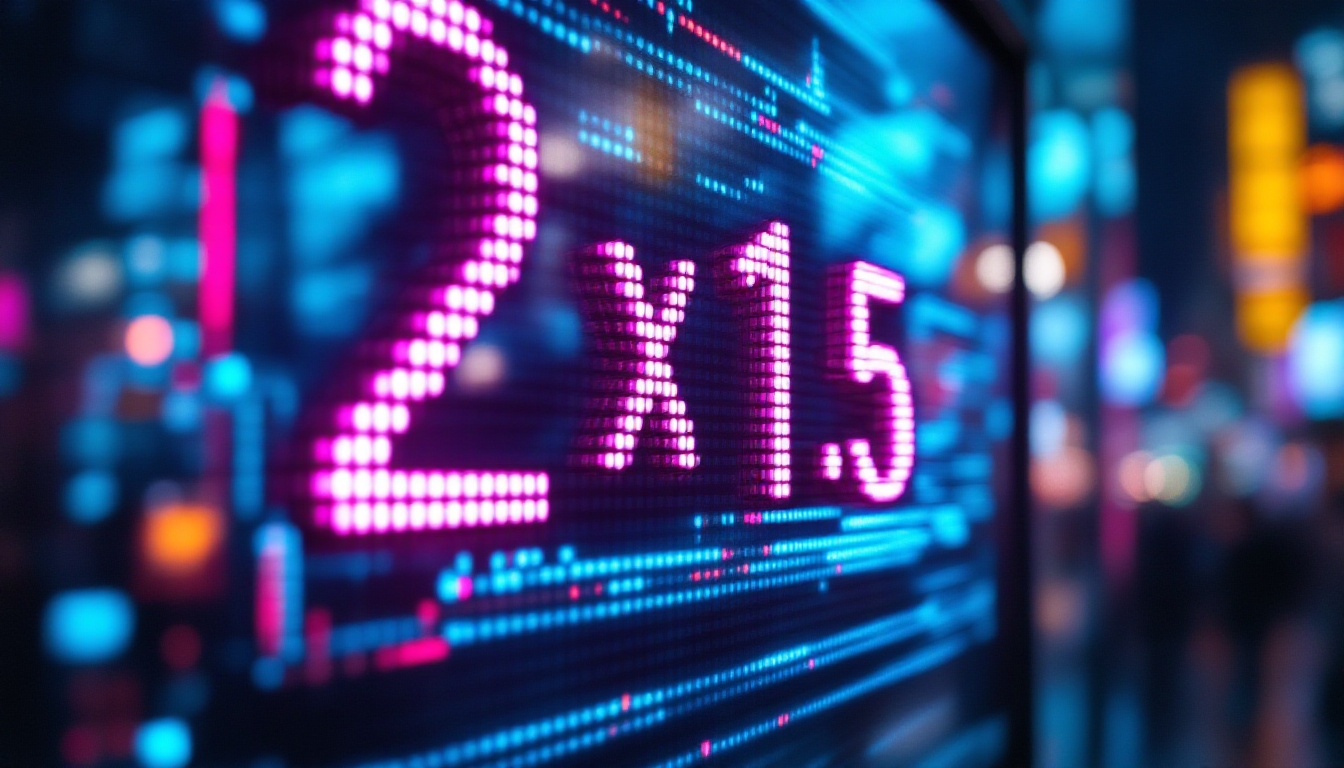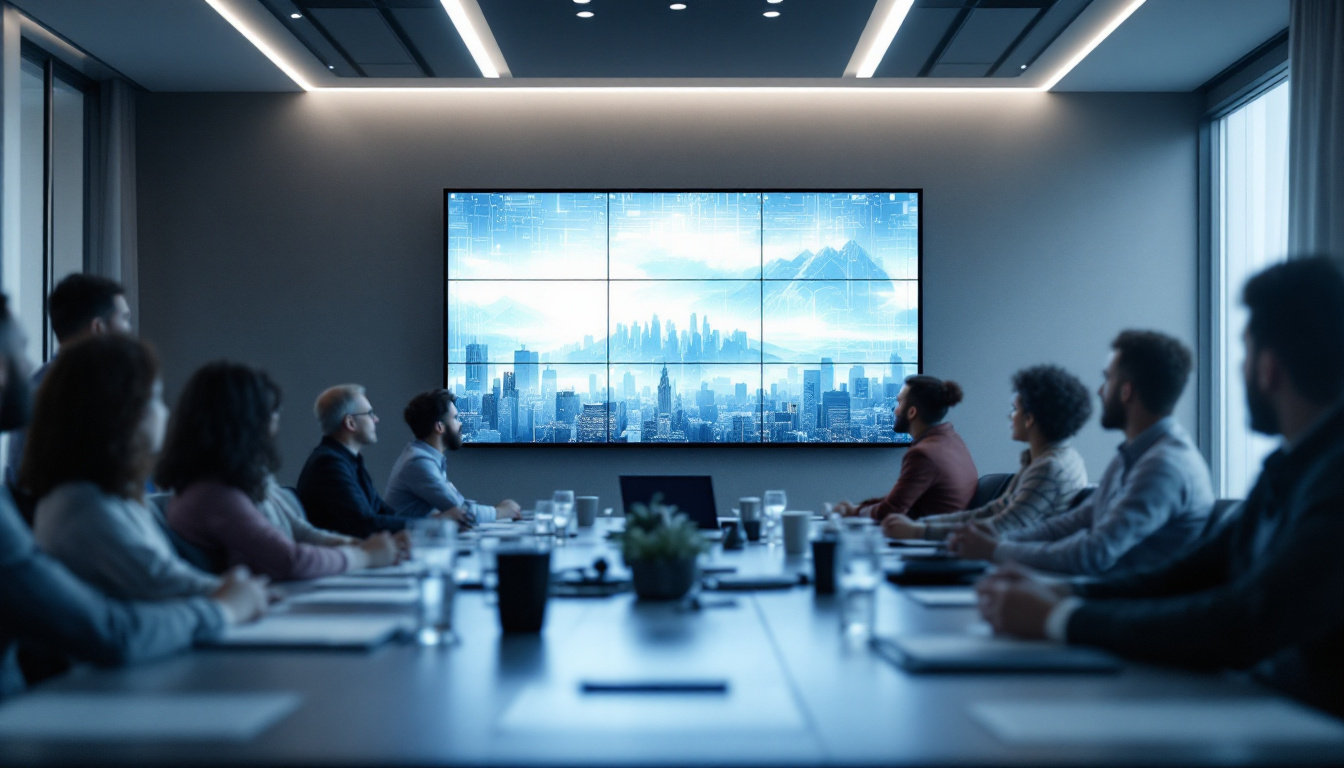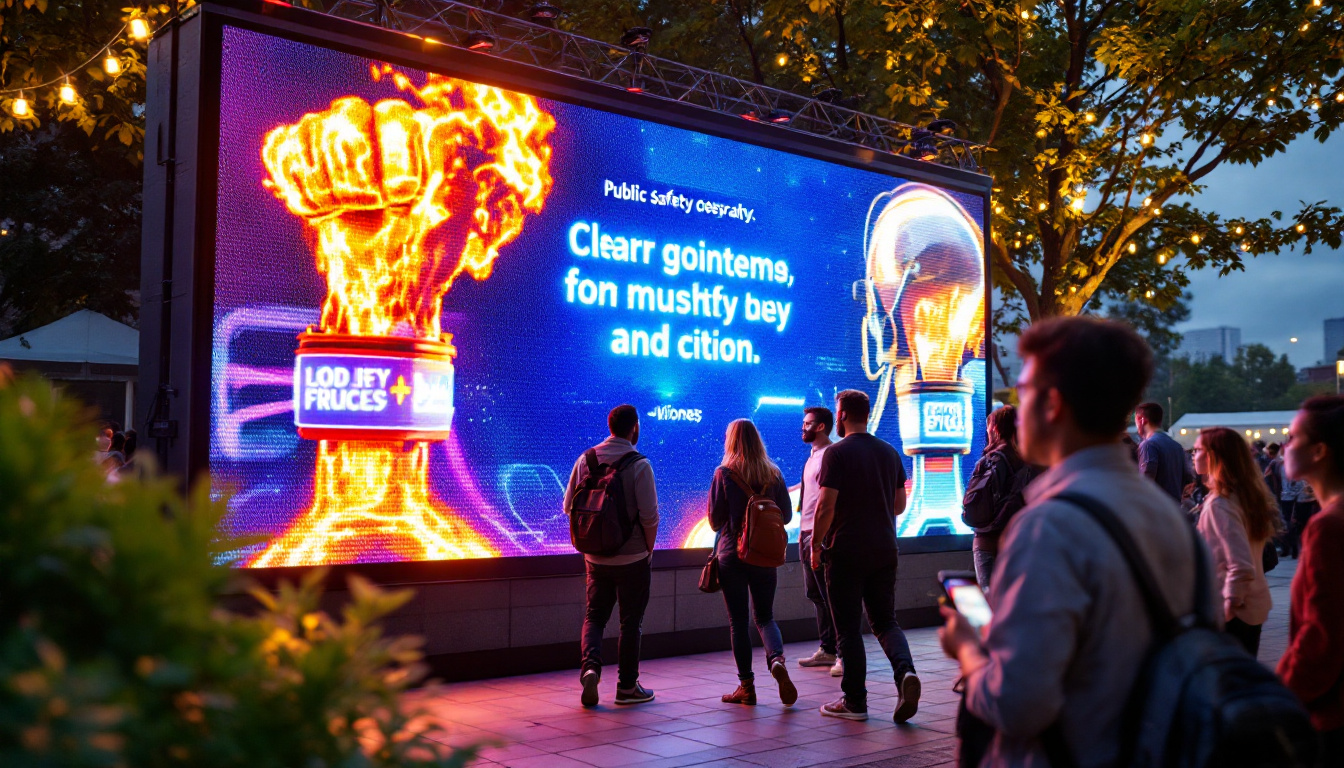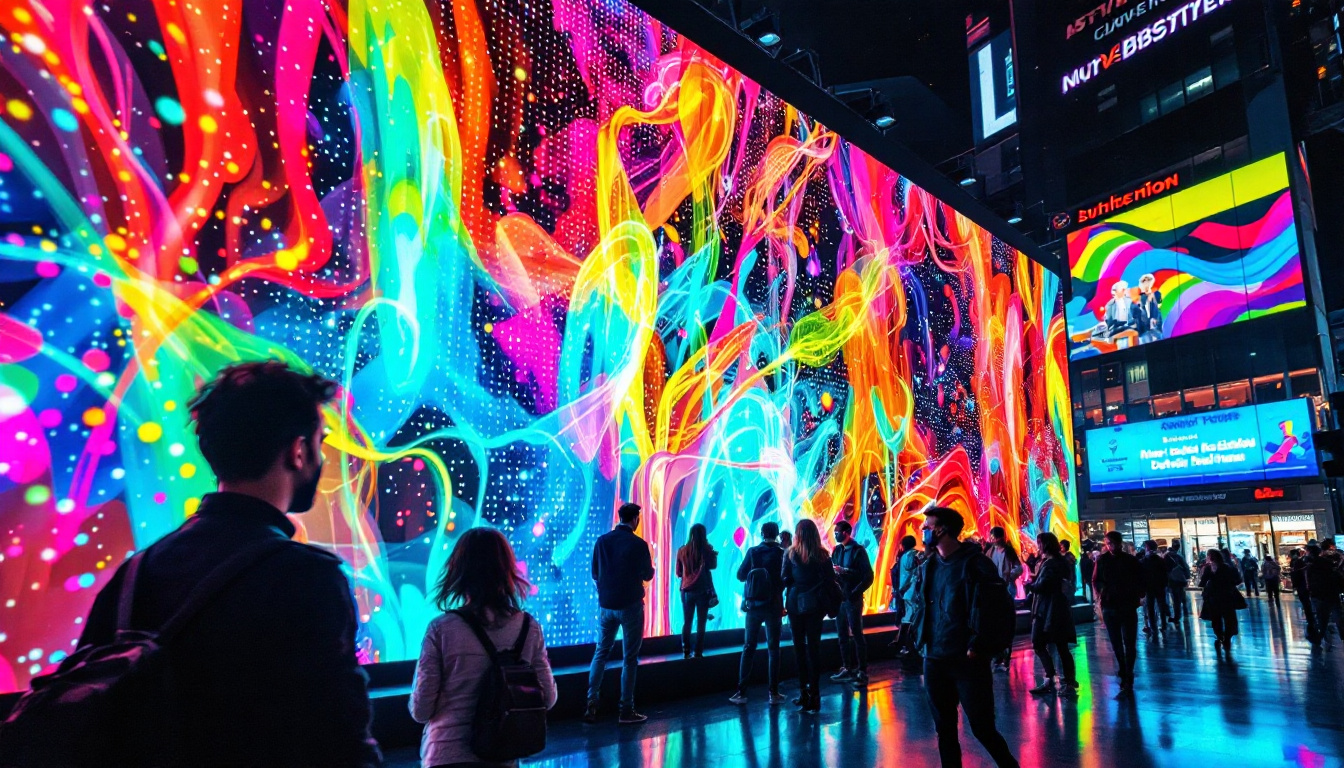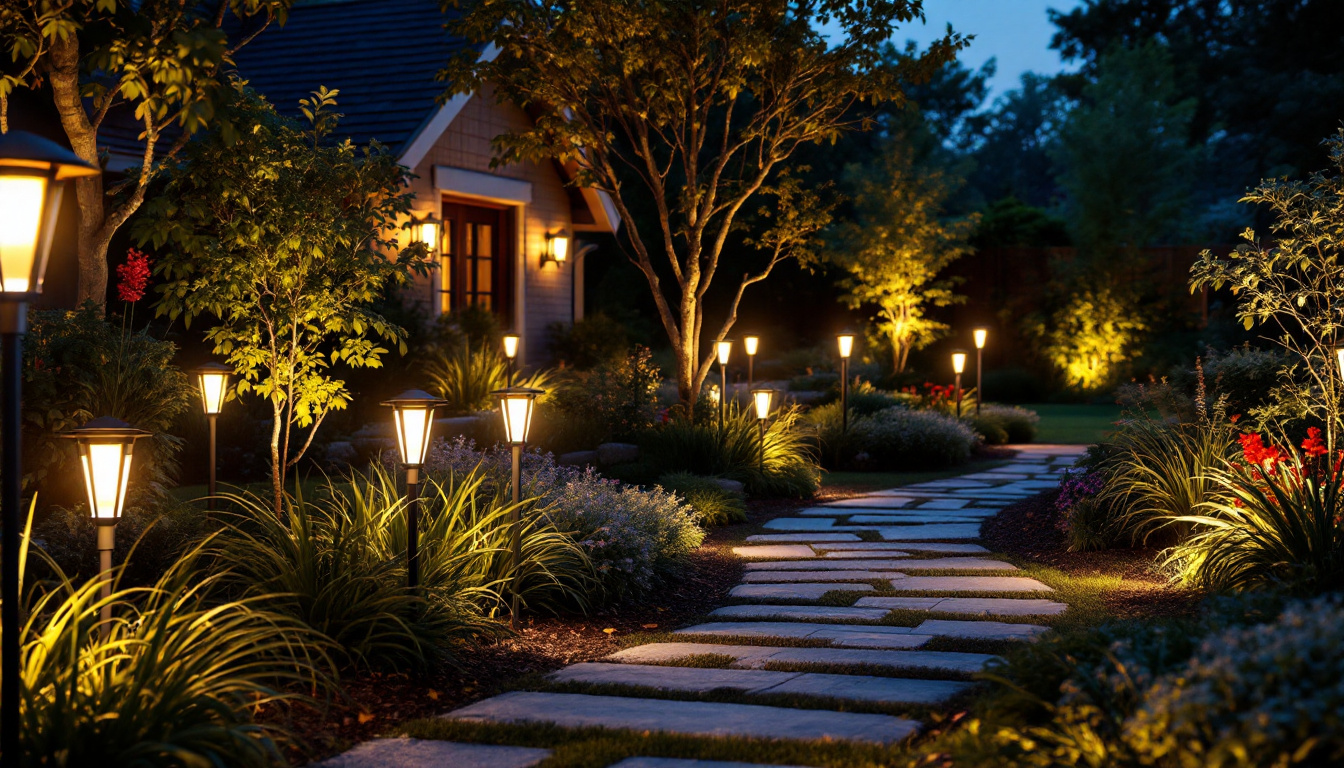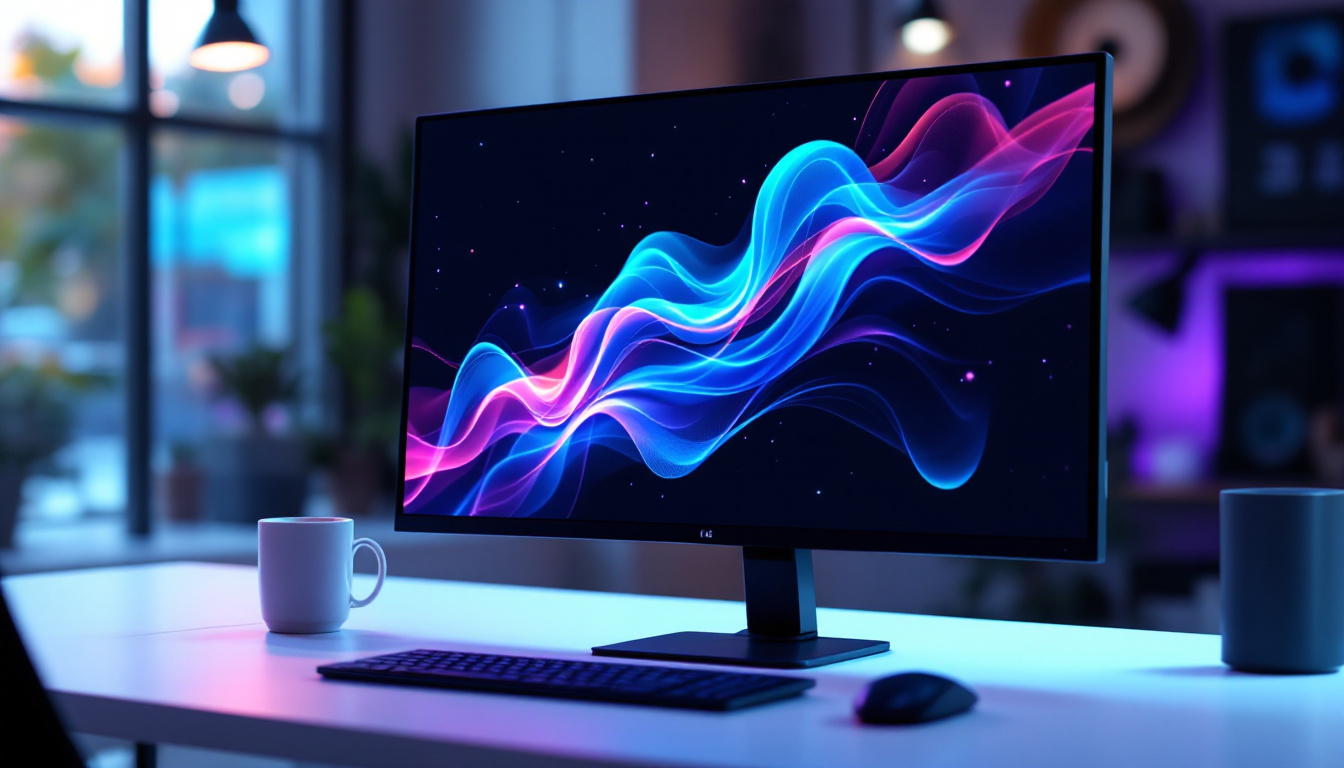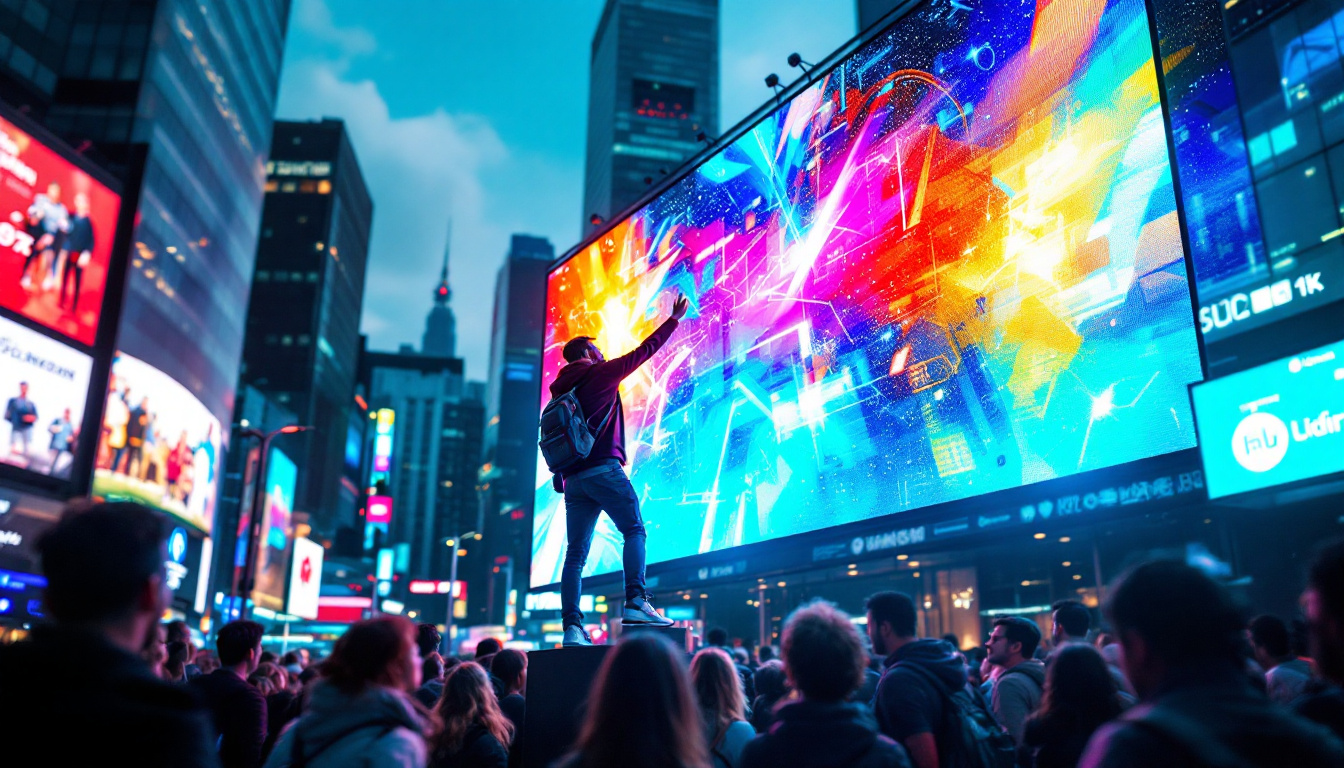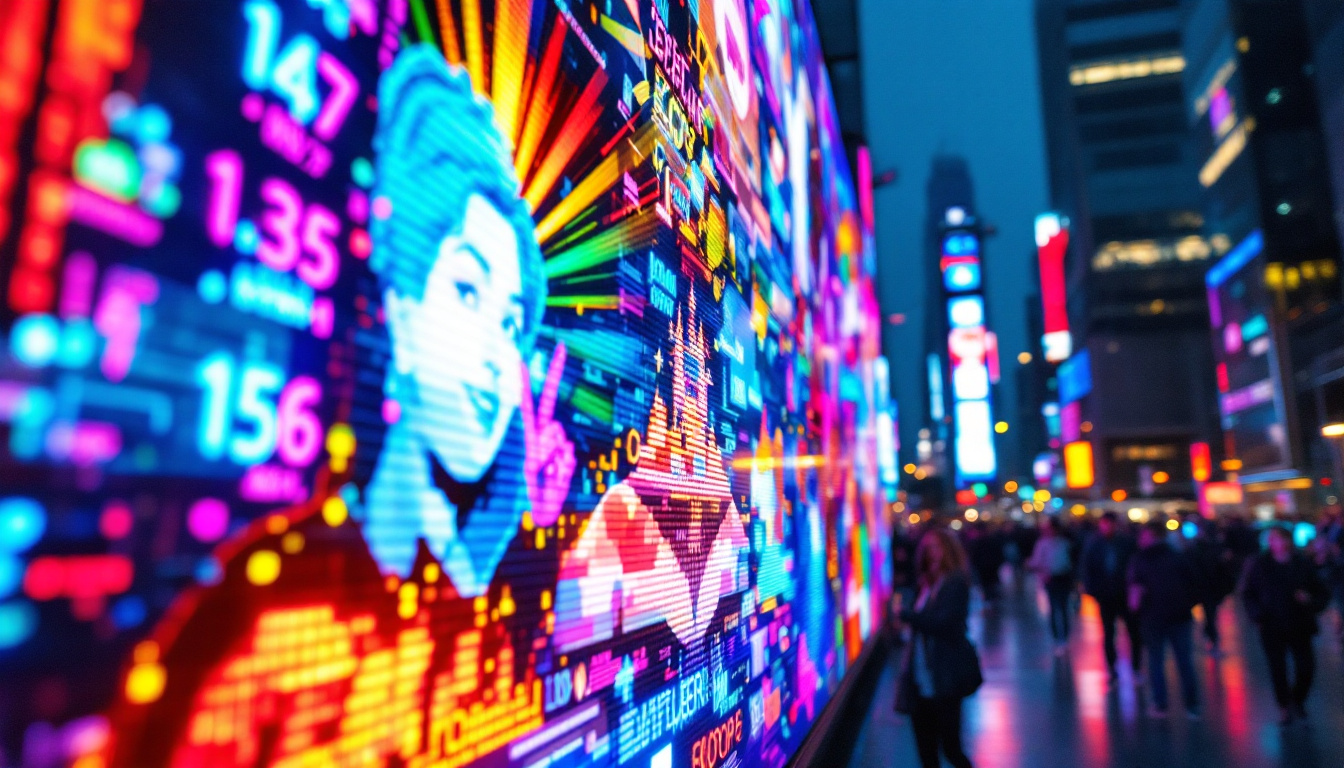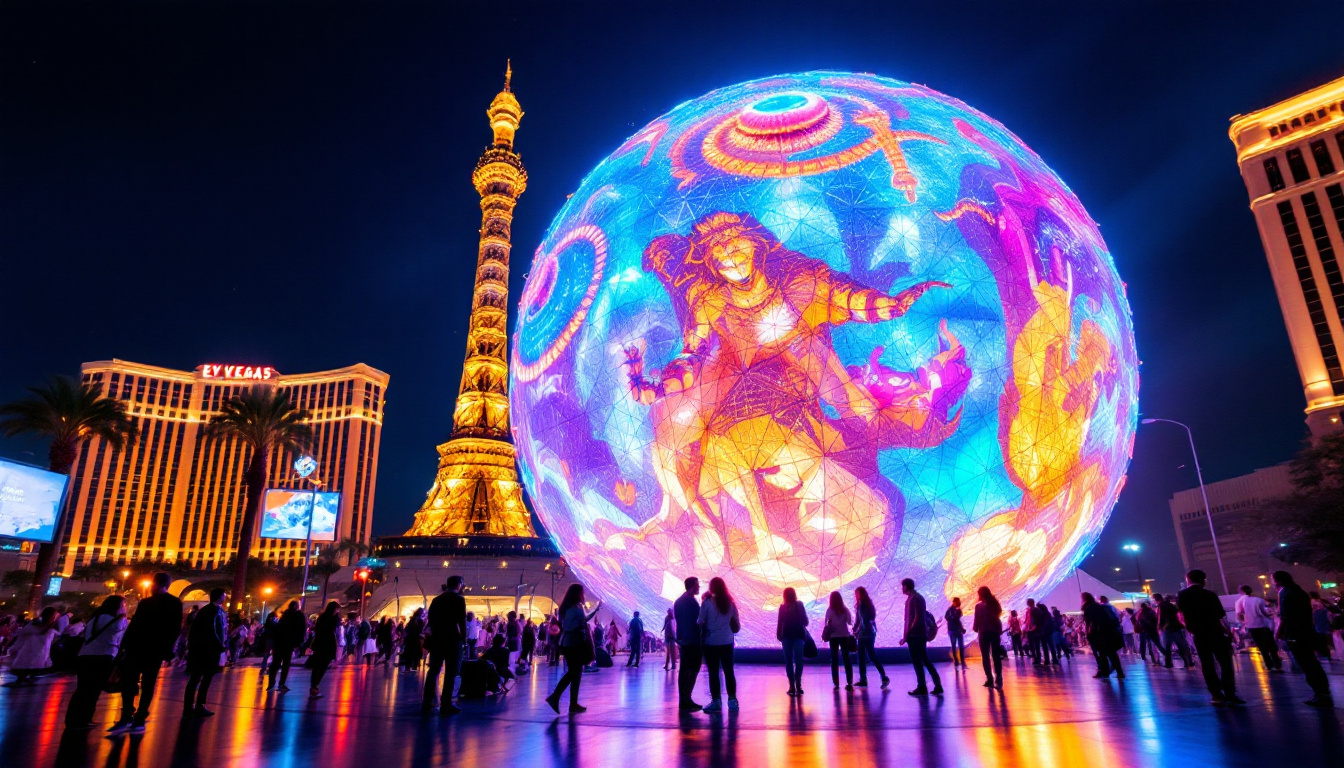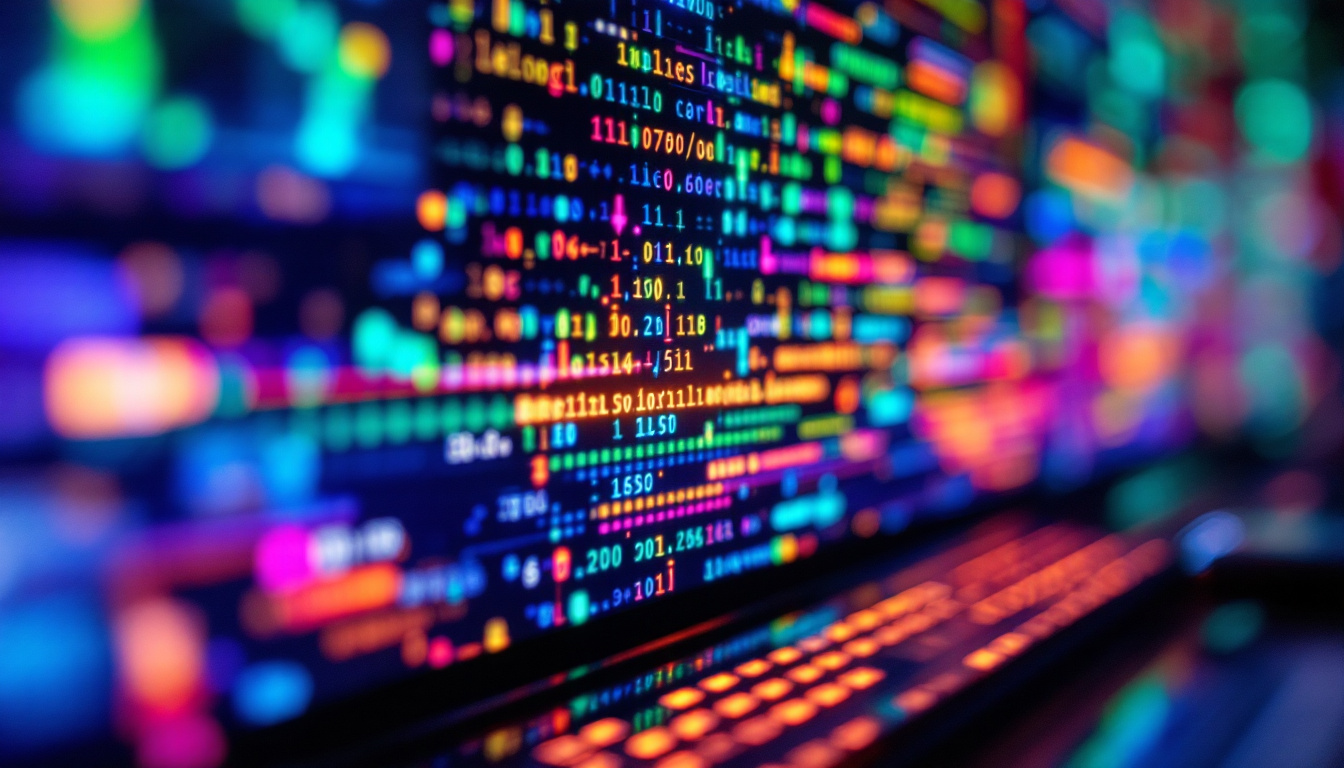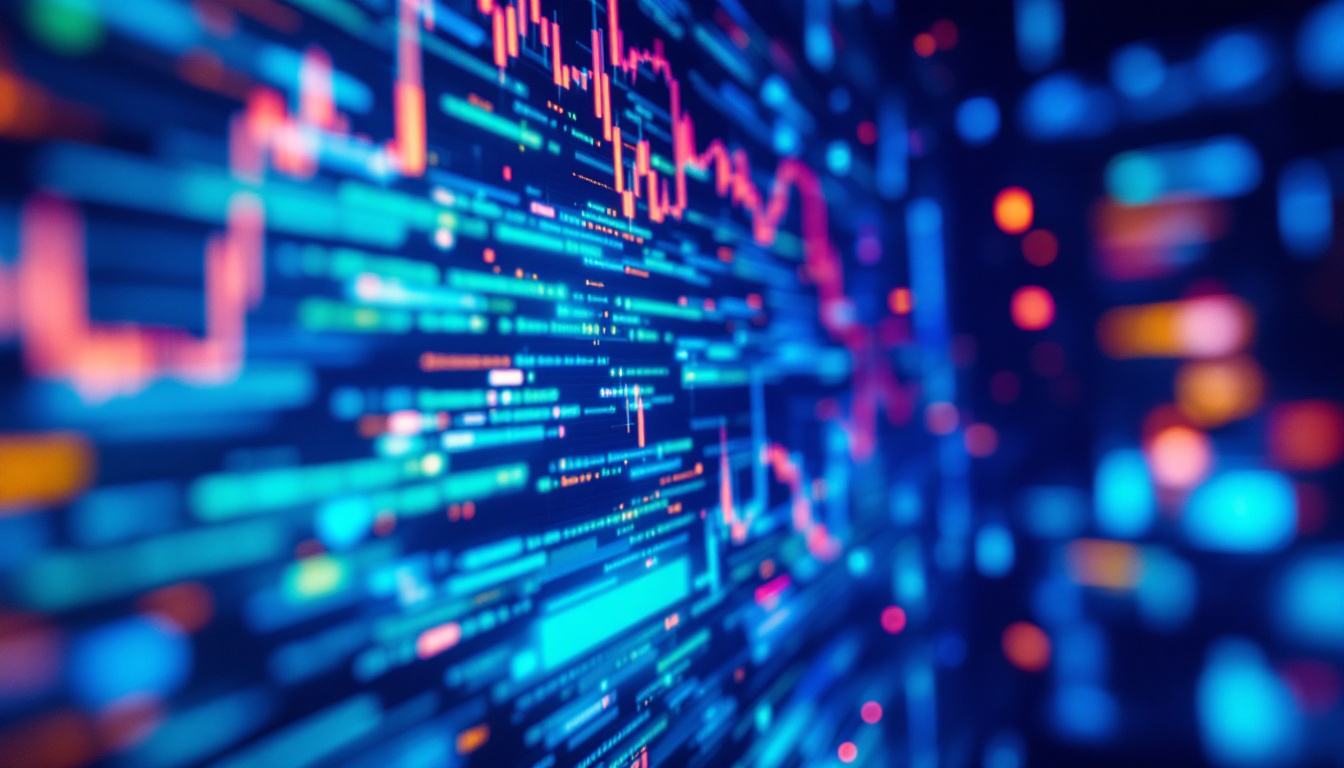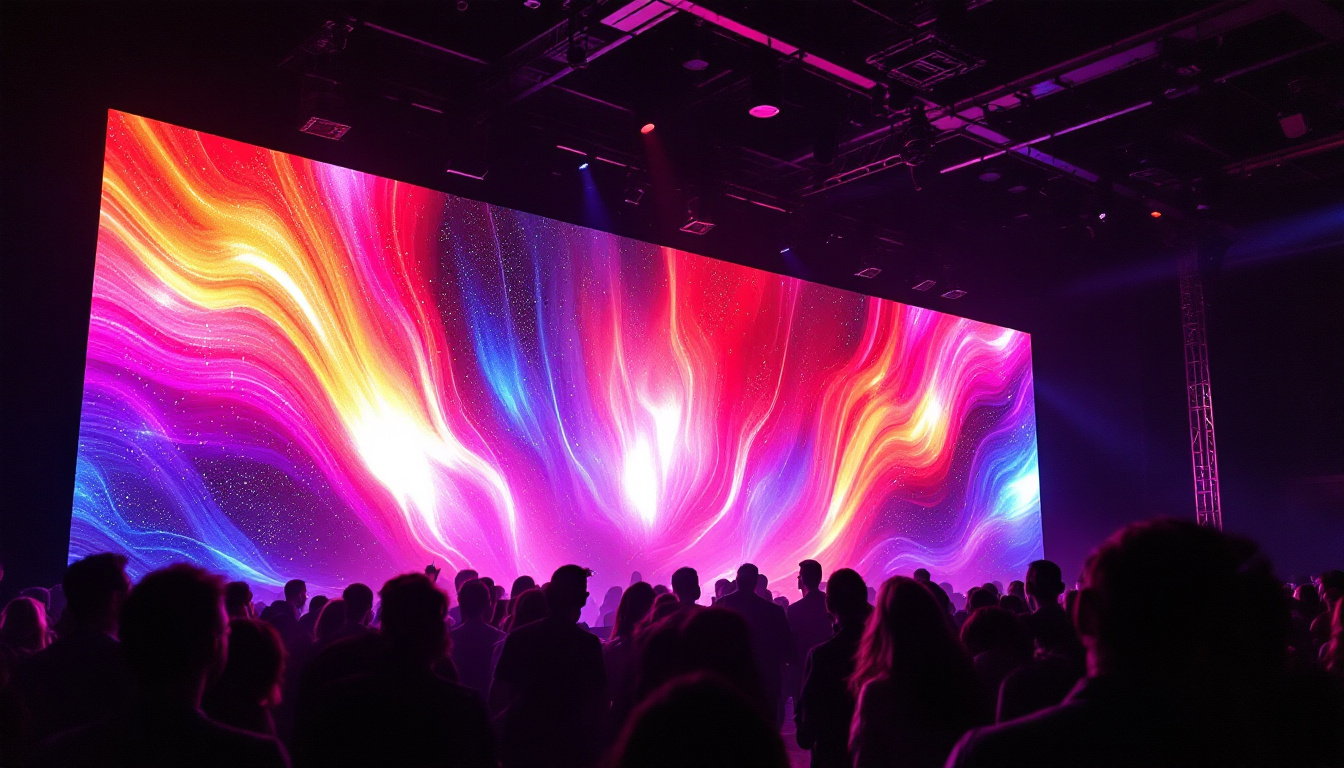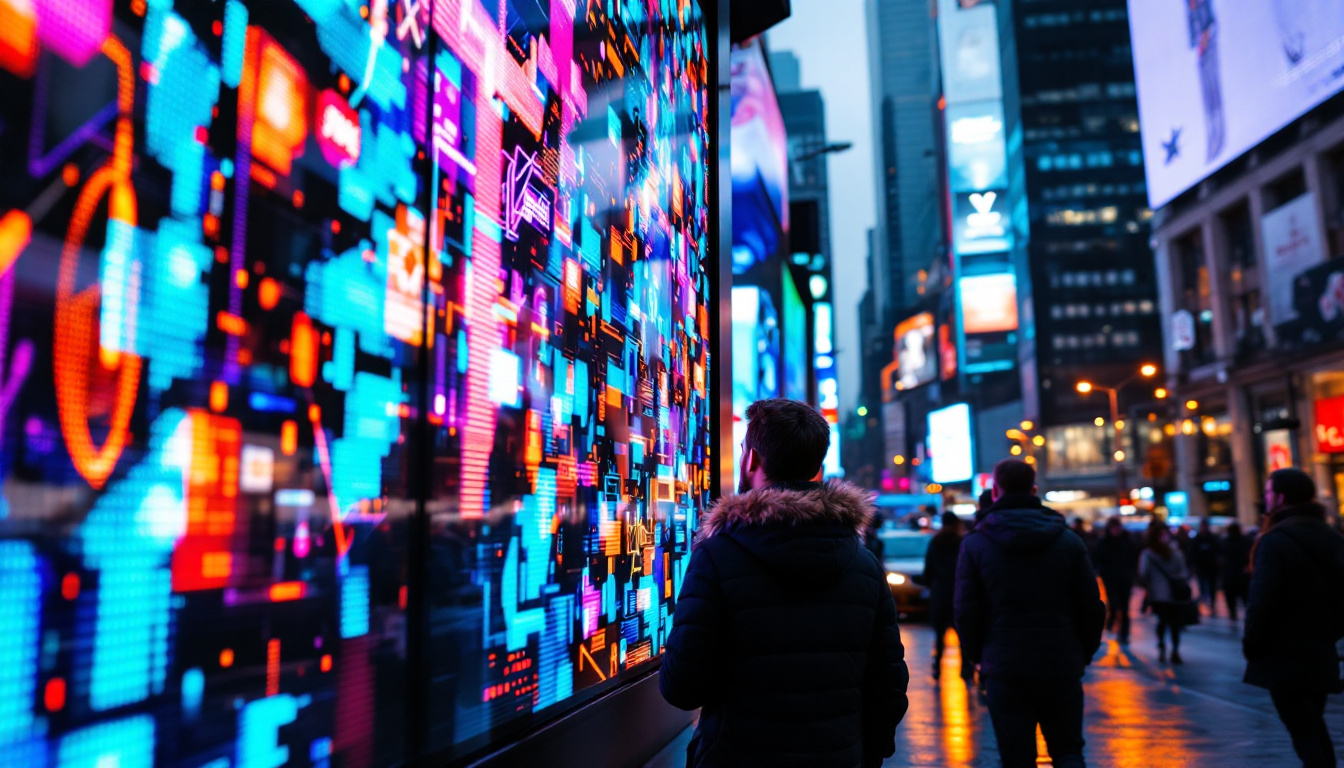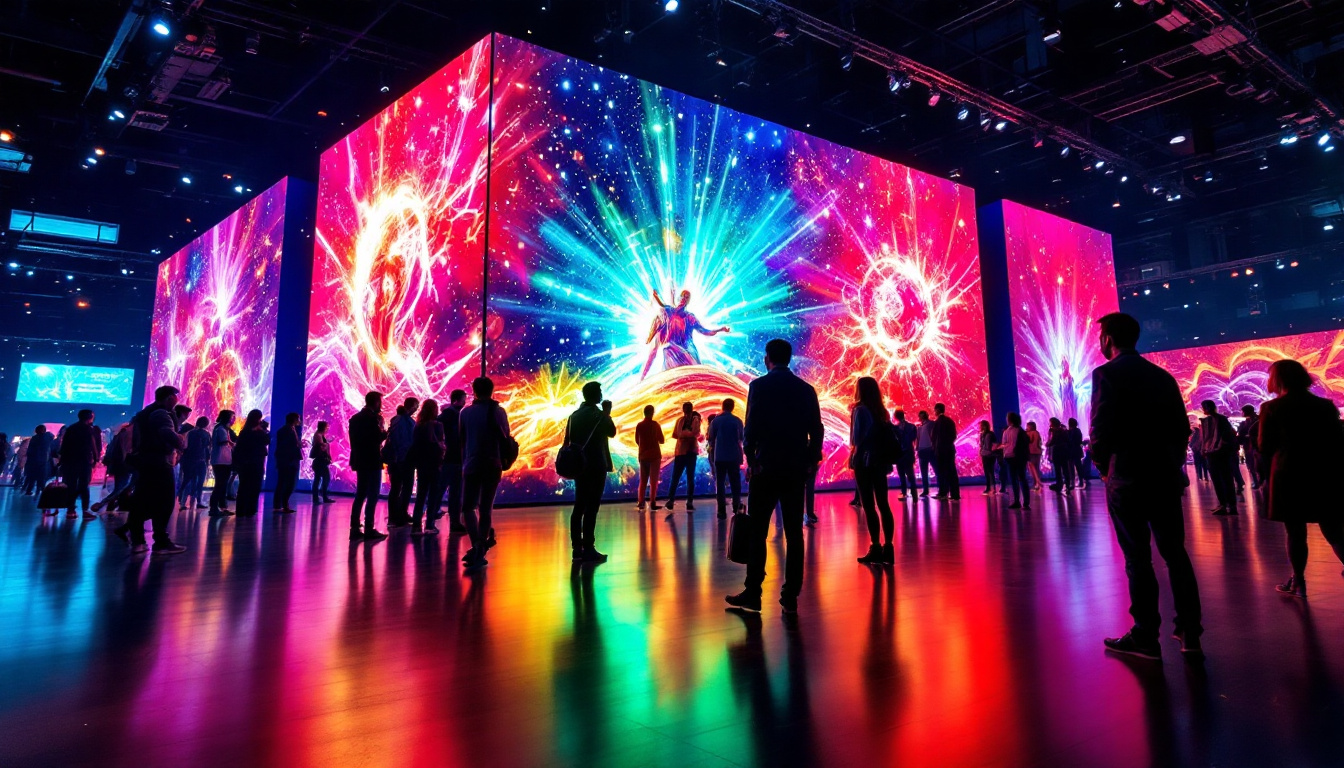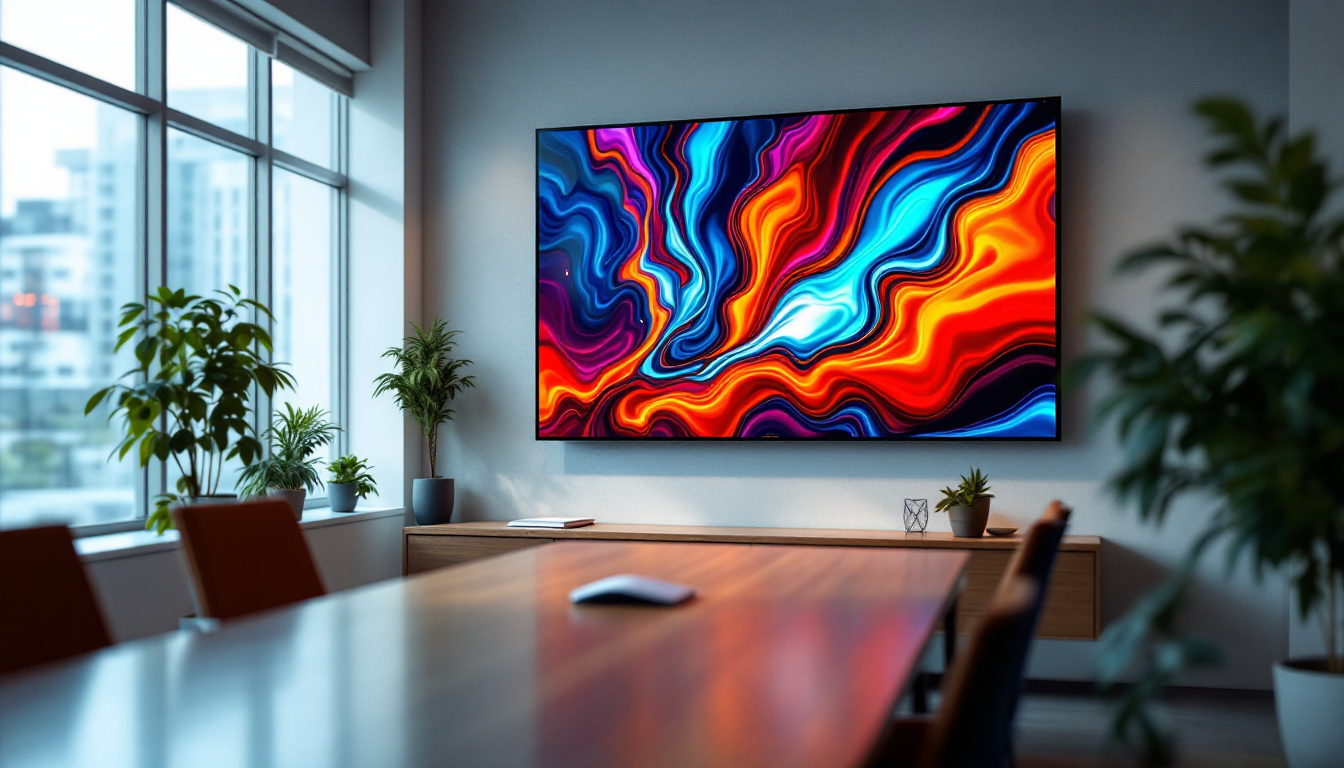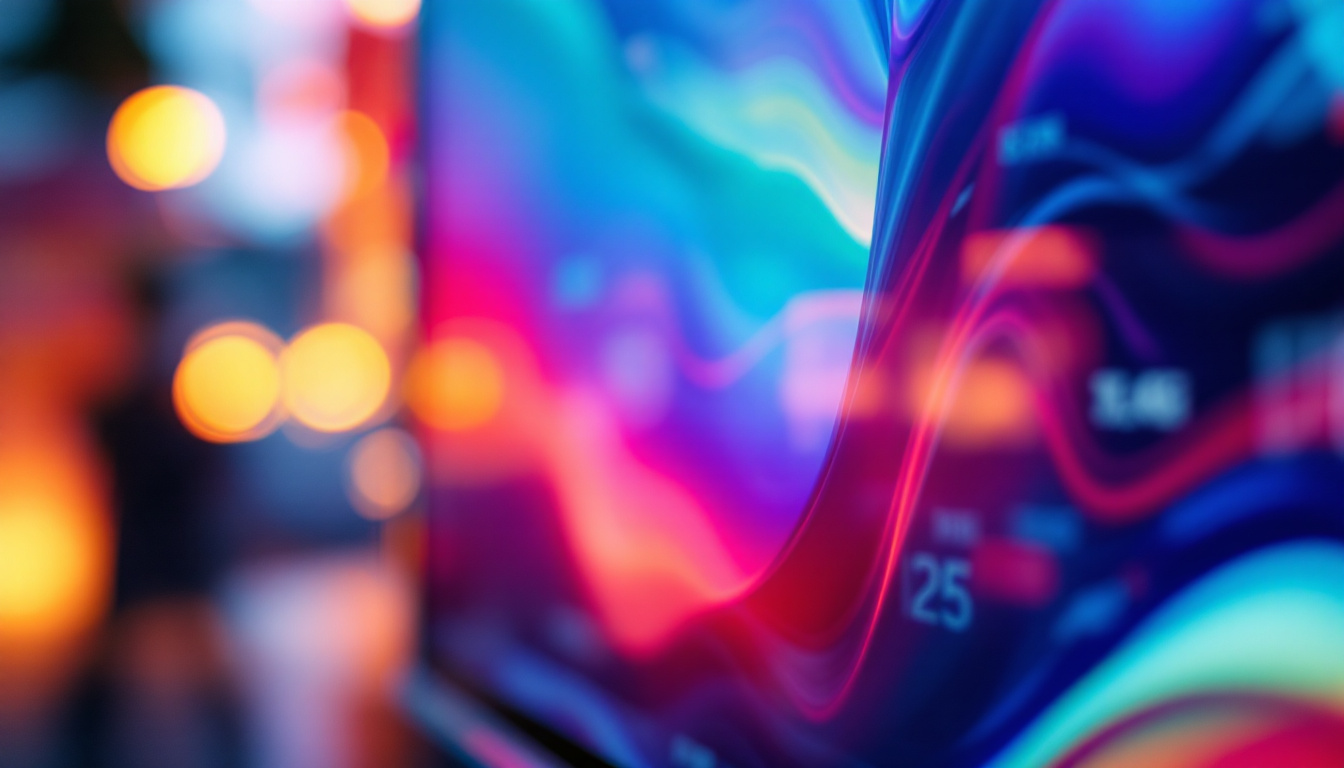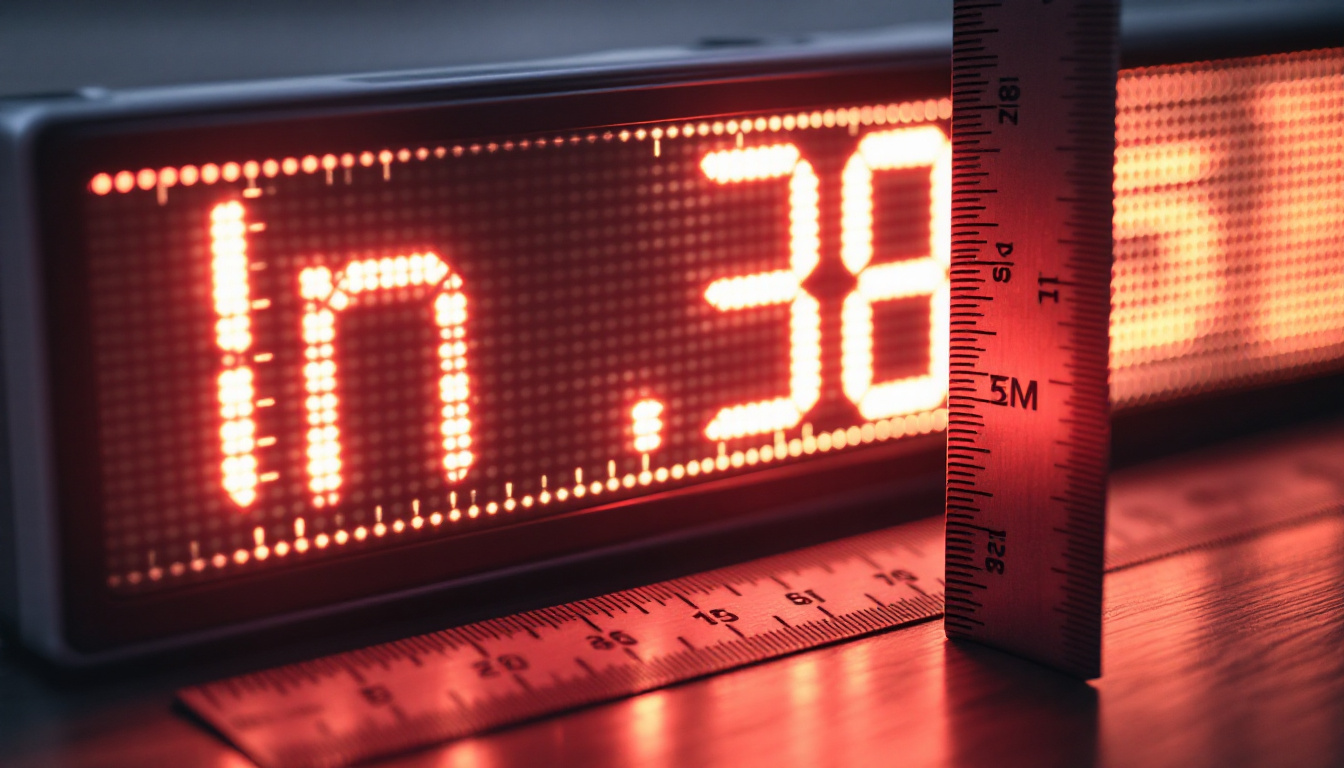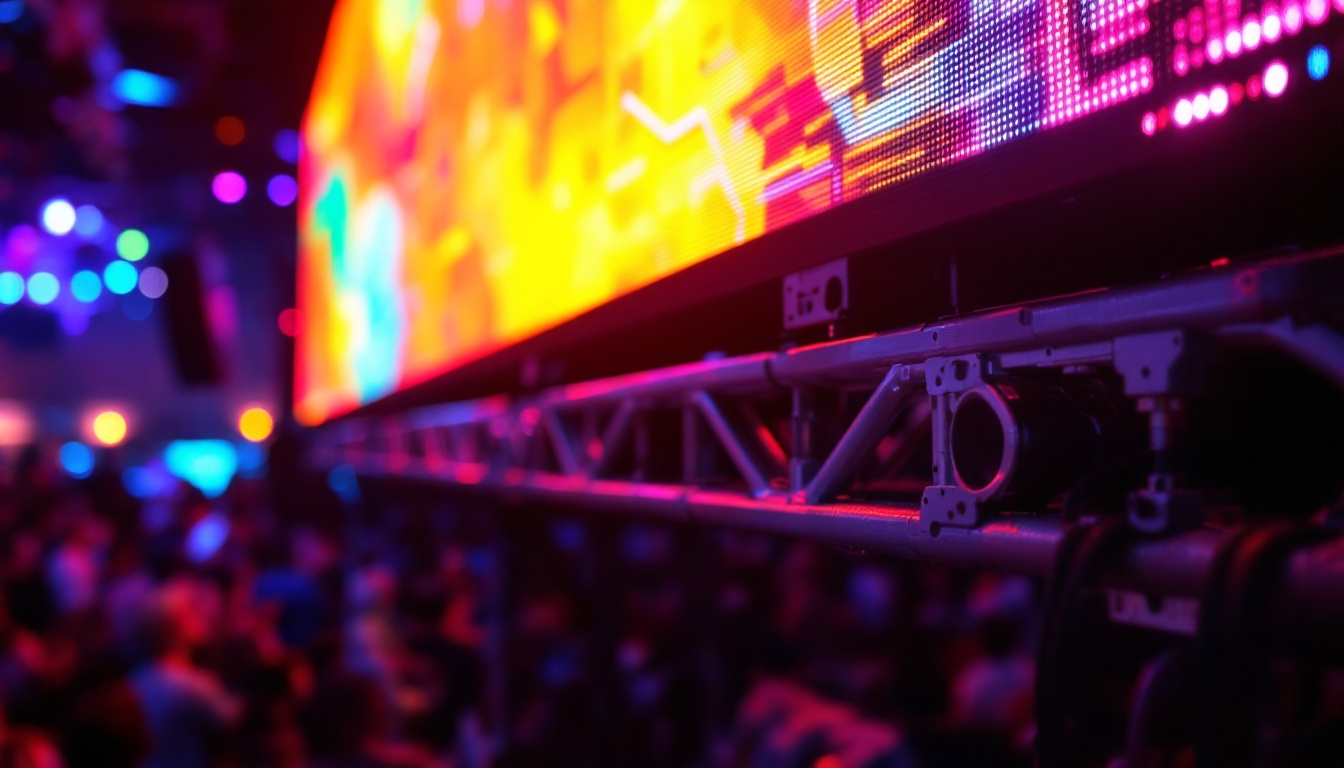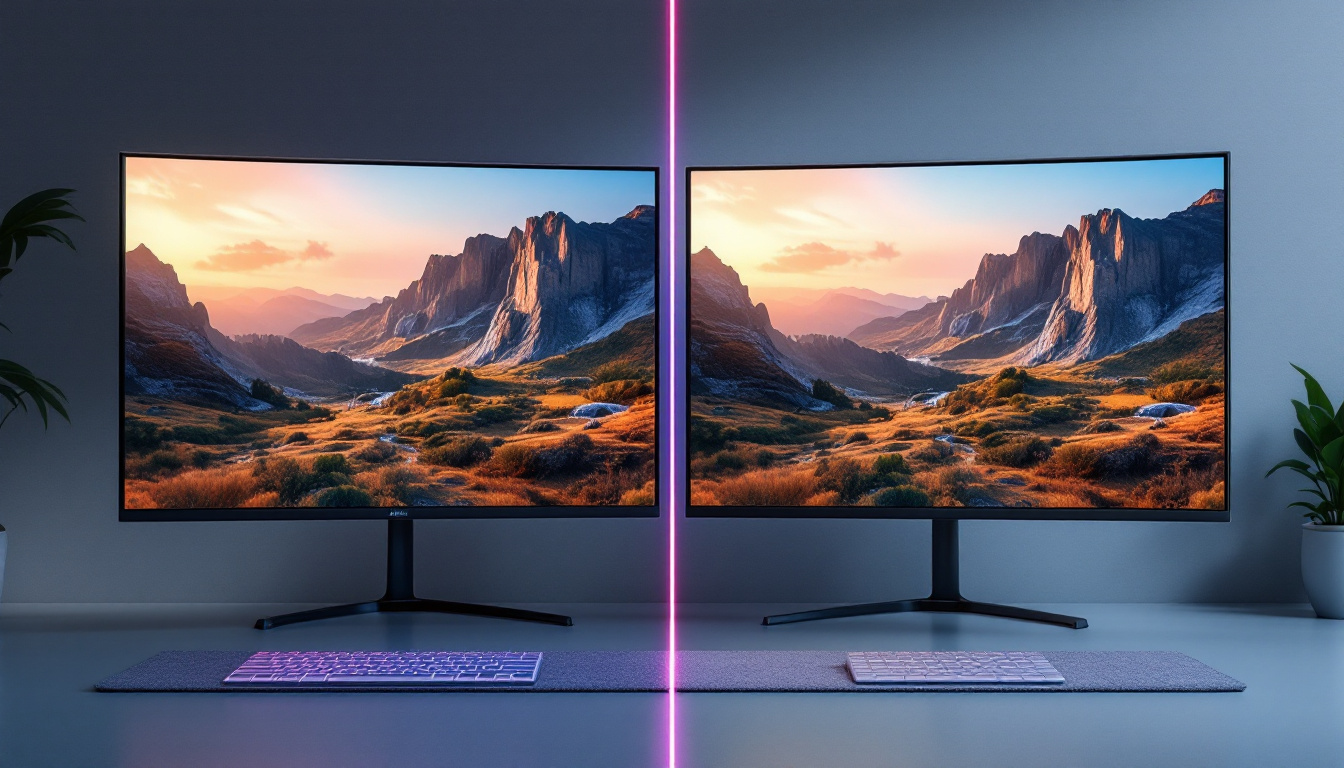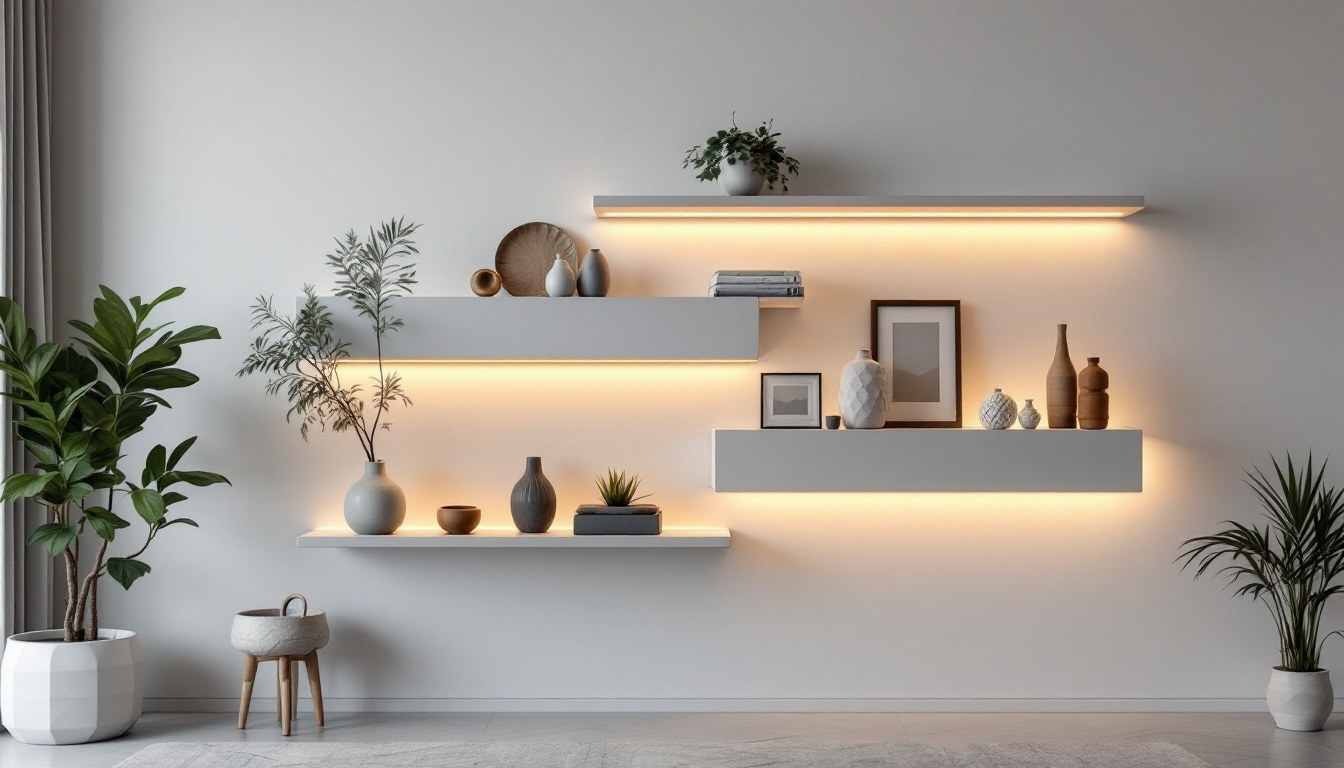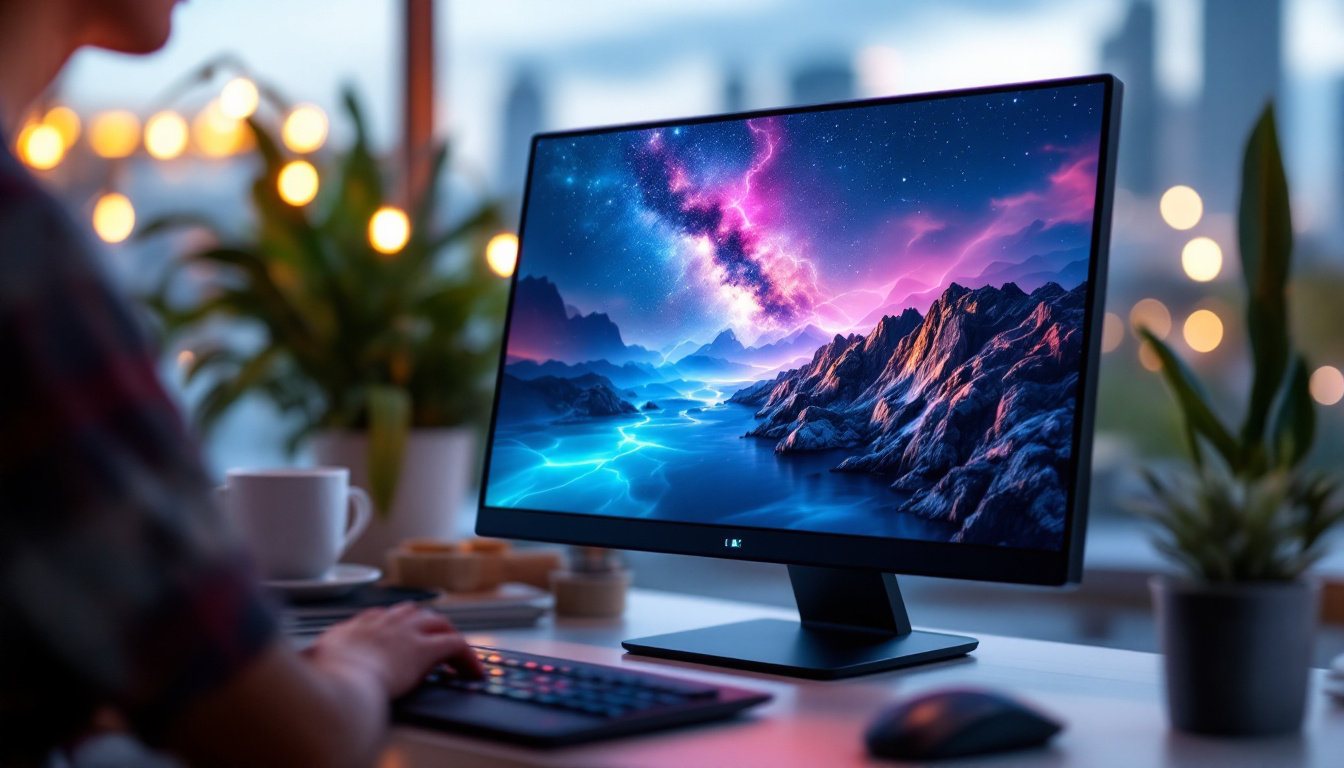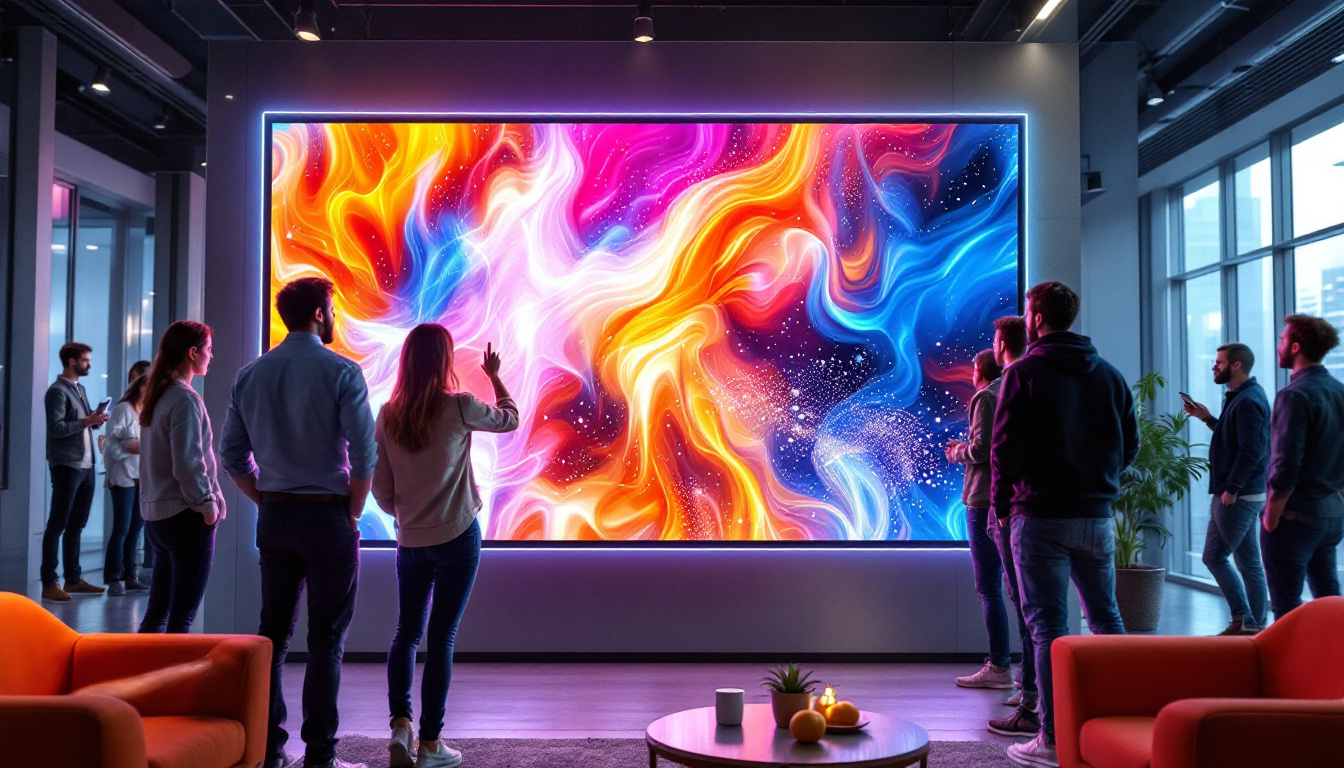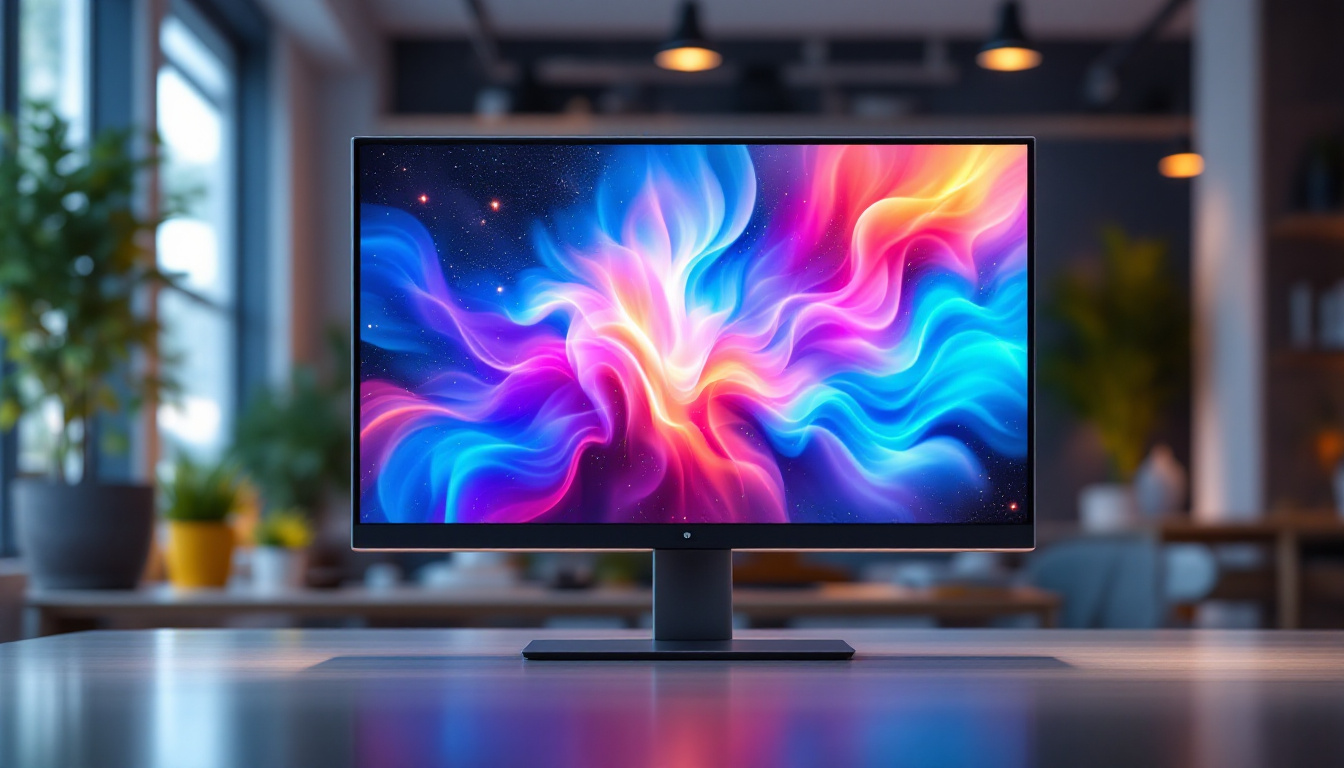In the world of modern technology, LED displays have become ubiquitous, transforming the way we interact with visual content. From smartphones to large-scale billboards, understanding how these displays work is essential for both consumers and professionals in the field. The term “2 Times 1.5” refers to a specific configuration or aspect ratio often used in LED display setups. This article delves into the intricacies of LED displays, exploring their functionality, applications, and the significance of the 2 Times 1.5 configuration.
Understanding LED Technology
What is LED?
Light Emitting Diode (LED) technology is a semiconductor device that emits light when an electric current passes through it. Unlike traditional incandescent bulbs, LEDs are highly energy-efficient and have a longer lifespan. The ability to produce bright, vibrant colors makes them ideal for displays of all sizes.
LEDs are composed of various materials that determine the color of light emitted. For instance, different semiconductor materials can produce red, green, or blue light. By combining these primary colors, a full spectrum of colors can be created, which is essential for high-quality displays. The versatility of LEDs extends beyond just color; they can also be engineered to emit light at different wavelengths, making them suitable for applications ranging from lighting to communication technologies.
Moreover, the compact size of LEDs allows for innovative designs in lighting fixtures and displays, enabling manufacturers to create thinner, lighter, and more energy-efficient products. This has led to their widespread adoption in various sectors, including automotive lighting, architectural lighting, and even in horticulture, where specific wavelengths can promote plant growth.
How LED Displays Work
LED displays consist of numerous individual LEDs arranged in a grid format. Each pixel in an LED display is made up of red, green, and blue subpixels, allowing for the creation of various colors through additive color mixing. When these subpixels are illuminated in different intensities, they combine to form the images and videos we see on the screen.
The control of these LEDs is managed by a driver circuit that adjusts the voltage and current supplied to each pixel. This precision allows for dynamic content to be displayed, making LED technology particularly suitable for applications that require real-time updates, such as digital signage and television broadcasts. The rapid response time of LEDs also contributes to their ability to display fast-moving images without blurring, making them the preferred choice for high-definition video displays.
In addition, the modular nature of LED displays means they can be easily scaled to fit various sizes and configurations. This flexibility has made them popular for both indoor and outdoor applications, from large stadium screens to small handheld devices. As technology advances, we are also seeing the emergence of flexible LED displays, which can bend and conform to different shapes, opening up new possibilities for creative and functional design in the world of visual technology.
The 2 Times 1.5 Configuration
What Does 2 Times 1.5 Mean?
The term “2 Times 1.5” typically refers to a specific aspect ratio or configuration of LED displays. In this context, it suggests a display that is 2 units wide for every 1.5 units in height. This aspect ratio is particularly popular in various applications, including video walls and large-scale advertising displays.
Aspect ratios play a crucial role in how content is presented. A 2:1.5 ratio is slightly wider than the standard 4:3 ratio, offering a more cinematic feel without being overly wide like the 16:9 ratio commonly used in televisions. This makes it an attractive option for environments where immersive visuals are essential. The unique proportions of this configuration also allow for creative framing of content, enabling designers to present information in a way that captures attention while still being easy to digest.
Applications of 2 Times 1.5 Displays
The versatility of the 2 Times 1.5 configuration allows it to be utilized in various settings. One of the most common applications is in retail environments, where large LED displays attract customers and showcase products. The aspect ratio provides ample space for detailed visuals while maintaining an engaging format. Retailers can use these displays to create dynamic advertisements that highlight promotions or new arrivals, effectively drawing in foot traffic and enhancing the shopping experience.
Another significant application is in event venues, such as concert halls and sports arenas. The 2 Times 1.5 displays can effectively convey live feeds, advertisements, and event information, ensuring that all attendees have a clear view, regardless of their seating position. In addition to enhancing the spectator experience, these displays can also be utilized for interactive elements, such as live polls or social media feeds, encouraging audience participation and creating a more immersive atmosphere. Furthermore, the configuration’s adaptability means it can be seamlessly integrated into various stage designs, enhancing the overall aesthetic of the event while providing essential information to the audience.
Advantages of LED Displays
Energy Efficiency
One of the most compelling advantages of LED displays is their energy efficiency. Compared to traditional display technologies, LEDs consume significantly less power, reducing operational costs and environmental impact. This efficiency is particularly beneficial for large installations that operate continuously, such as outdoor billboards and digital signage.
Furthermore, advancements in LED technology continue to improve energy consumption, making these displays even more sustainable. Many modern LED displays come equipped with features that automatically adjust brightness based on ambient light conditions, further enhancing energy savings. This not only contributes to lower electricity bills but also extends the lifespan of the display by reducing wear and tear on the components. As a result, businesses can enjoy a dual benefit: decreased operational costs and a longer return on investment.
Brightness and Visibility
LED displays are known for their exceptional brightness, making them visible even in direct sunlight. This characteristic is particularly important for outdoor applications, where visibility can be compromised by environmental factors. The ability to maintain high brightness levels ensures that content remains legible, regardless of the lighting conditions.
Moreover, LED displays offer excellent contrast ratios, allowing for vibrant colors and sharp images. This quality is crucial for applications that demand high visual fidelity, such as advertising and entertainment. In addition to their brightness, LED displays also provide a wide viewing angle, allowing audiences to see the content clearly from various positions. This makes them ideal for crowded venues like sports arenas and concert halls, where viewers may be scattered across a large area. The combination of brightness, contrast, and wide viewing angles ensures that messages are effectively communicated, maximizing engagement and impact.
Challenges in LED Display Technology
Cost Considerations
While the benefits of LED displays are numerous, the initial investment can be a significant barrier for some businesses. The cost of high-quality LED panels and the necessary infrastructure can be substantial. However, it is essential to consider the long-term savings associated with energy efficiency and reduced maintenance costs.
Additionally, as technology advances, the prices of LED displays continue to decrease, making them more accessible to a broader range of consumers and businesses. This trend is likely to continue, as manufacturers innovate and streamline production processes.
Maintenance and Lifespan
Although LED displays are known for their longevity, they are not entirely maintenance-free. Regular cleaning and occasional repairs may be necessary to ensure optimal performance. Dust, dirt, and environmental factors can affect the display’s brightness and color accuracy over time.
Furthermore, while LEDs have a long lifespan, they do experience a gradual decline in brightness known as lumen depreciation. Understanding this phenomenon is crucial for businesses that rely on consistent visual performance, as it may necessitate replacement or refurbishment after several years of use.
Future Trends in LED Display Technology
Advancements in Resolution
As technology continues to evolve, the demand for higher resolution displays is on the rise. The introduction of microLED and miniLED technologies promises to deliver even greater pixel density, resulting in sharper images and improved color accuracy. These advancements are particularly relevant for applications requiring high-definition visuals, such as virtual reality and augmented reality environments.
Moreover, as content consumption habits change, the need for displays that can adapt to various resolutions will become increasingly important. The 2 Times 1.5 configuration may see enhancements that allow for seamless integration with emerging technologies, ensuring that content remains engaging and relevant.
Integration with Smart Technologies
The integration of LED displays with smart technologies is another trend shaping the future of this industry. As the Internet of Things (IoT) continues to expand, LED displays will increasingly be connected to networks that allow for real-time data sharing and content updates.
This connectivity can enhance the functionality of LED displays, enabling features such as interactive advertising and personalized content delivery. Businesses will be able to tailor their messaging based on audience demographics, location, and even weather conditions, creating a more engaging experience for consumers.
Conclusion
LED displays have revolutionized the way visual content is presented, offering unparalleled brightness, energy efficiency, and versatility. The 2 Times 1.5 configuration exemplifies the adaptability of LED technology, catering to various applications from retail to entertainment. Despite challenges such as initial costs and maintenance requirements, the long-term benefits of LED displays make them a worthwhile investment for businesses seeking to enhance their visual communication.
As technology continues to advance, the future of LED displays looks promising, with innovations in resolution and smart technology integration on the horizon. Understanding the intricacies of LED displays, including configurations like 2 Times 1.5, is essential for anyone looking to leverage this powerful technology in their operations.
In conclusion, LED displays are not just a passing trend; they represent the forefront of visual technology, shaping the way we experience information and entertainment. Embracing this technology will undoubtedly lead to more engaging and effective communication strategies in the years to come.
Discover LumenMatrix’s Innovative LED Solutions
Ready to elevate your visual communication with the latest in LED technology? Look no further than LumenMatrix, a pioneer in crafting LED display modules that bring your content to life. Whether you’re in need of an Indoor LED Wall Display, a dynamic Outdoor LED Wall Display, or specialized solutions like Vehicle LED Displays, LED Sports Displays, and even Custom LED Displays, LumenMatrix has you covered. Experience the future of digital signage and create unforgettable visual experiences with our comprehensive range of LED display solutions. Check out LumenMatrix LED Display Solutions today and transform the way you share your message with the world.

